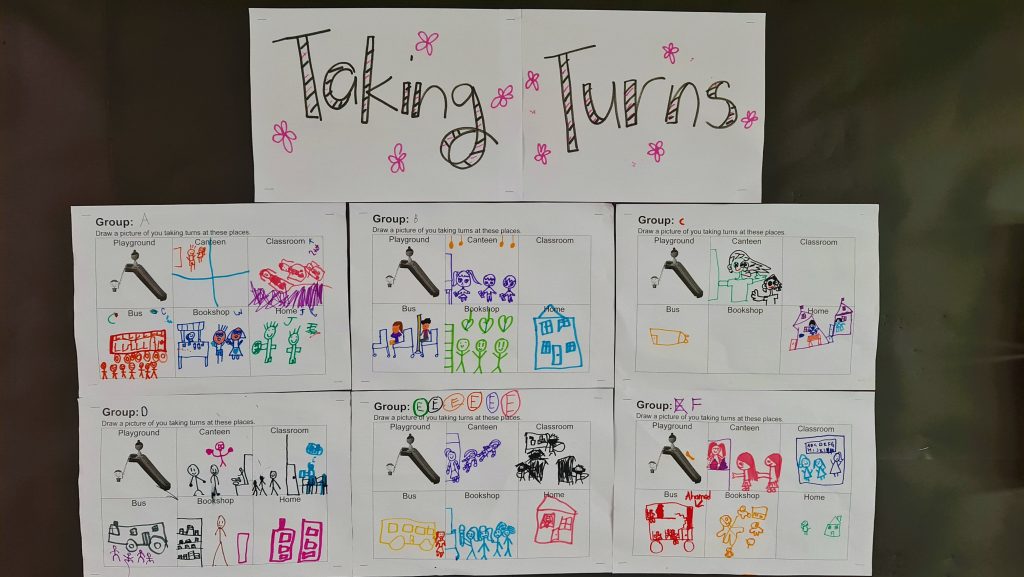PAL Programme
Programme for Active Learning (PAL)
-
an extension to the existing curriculum for PE, Music and Art
-
one of the recommendations from the Primary Education Review & Implementation (PERI) (March 2009)
-
builds and strengthens the Non-Academic Programme within the formal curriculum
Objectives
-
Provide pupils with broad exposure and experiences through fun and varied activities in Sports & Games, Outdoor Education, Performing Arts & Visual Arts
-
Facilitate all rounded development of pupils in the 5 learning domains (Moral/Cognitive/Physical/Social/Aesthetics)
-
Provide varied avenues for pupils to develop social and emotional competencies
PAL Characteristics
-
Experiential
-
Fun & Enjoyable
-
Encompasses learning in a creative way
-
Provides opportunities for children to create
-
Incorporates values education and social & emotional learning
PAL Learning Outcomes
-
Exhibit confidence in what they do & express themselves effectively
-
Exhibit curiosity & positive attitudes to learn
-
Enjoy group experiences & teamwork
PAL Structure
-
Adherence to MOE guidelines
-
Alignment to school’s Strategic Trusts
-
ST1: Empowering Students (Leveraging on PAL to provide pupils with wider exposure to PE/Art/Music)
-
ST2: Enabling Staff (Seeking opportunities, creating space to learn and improve competency in PAL facilitation)
-
ST3: Engaging Stakeholders (Establishing partnership with schools to share and learn from their experiences in PAL implementation)
3 domains from PAL have been implemented in P1 & P2 Time-table
-
Visual Art
-
Performing Arts
-
Sports & Games
-
Outdoor Education
-
14 sessions of at least 1hr/session/domain
* (Teacher-Facilitated)
-
Classes placed into 3 groups
-
(~30 pupils per class)
-
-
P1s will complete Visual Arts, Outdoor Education and Performing Arts
-
P2s will complete Visual Arts, Sports and Performing Arts
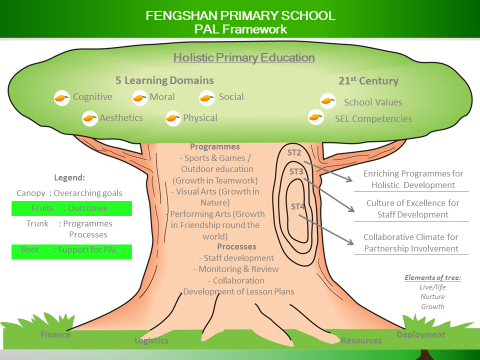
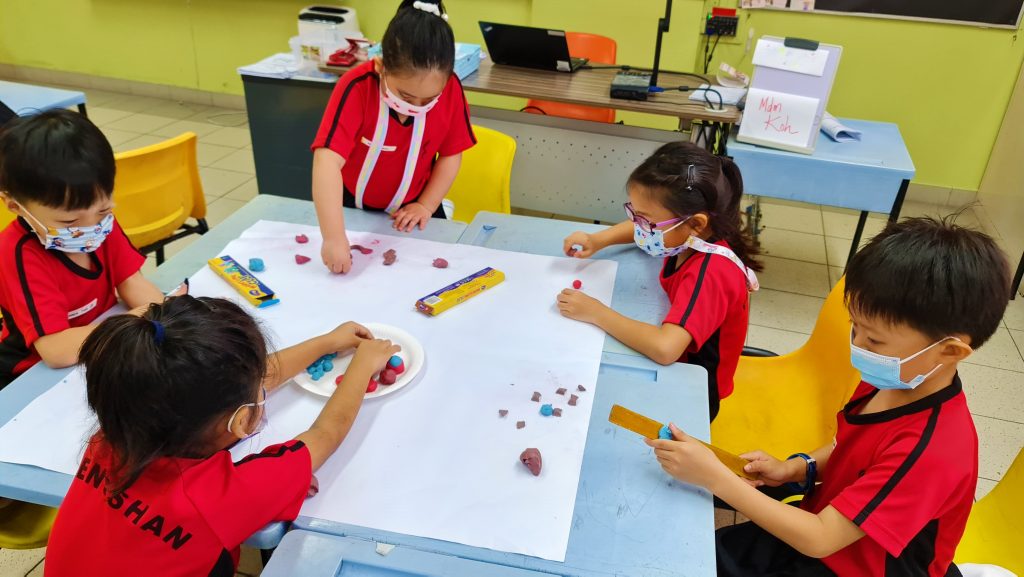
|
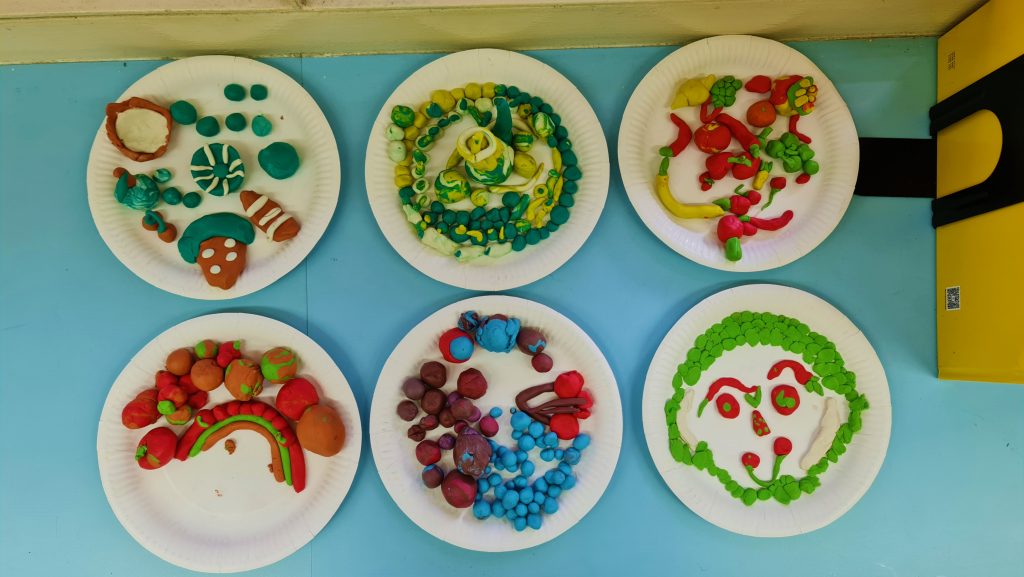
|
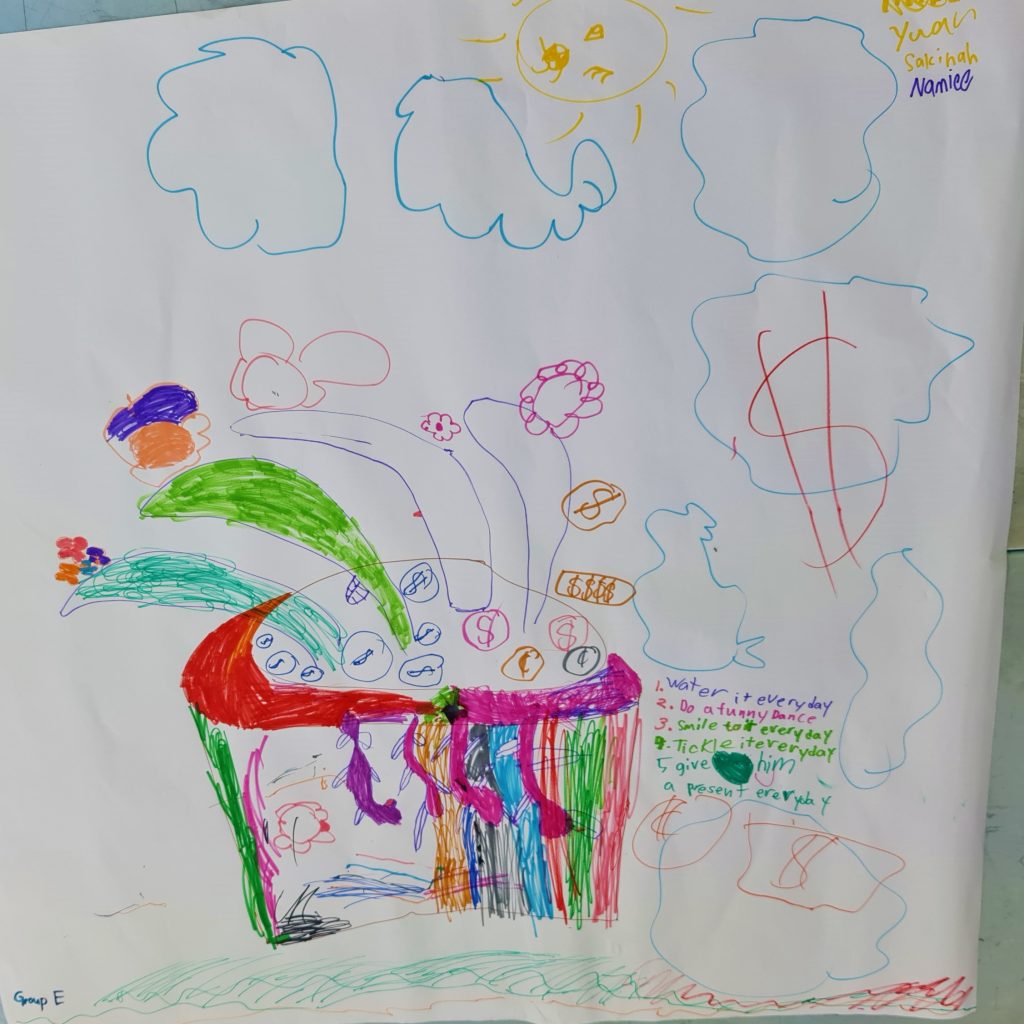
|
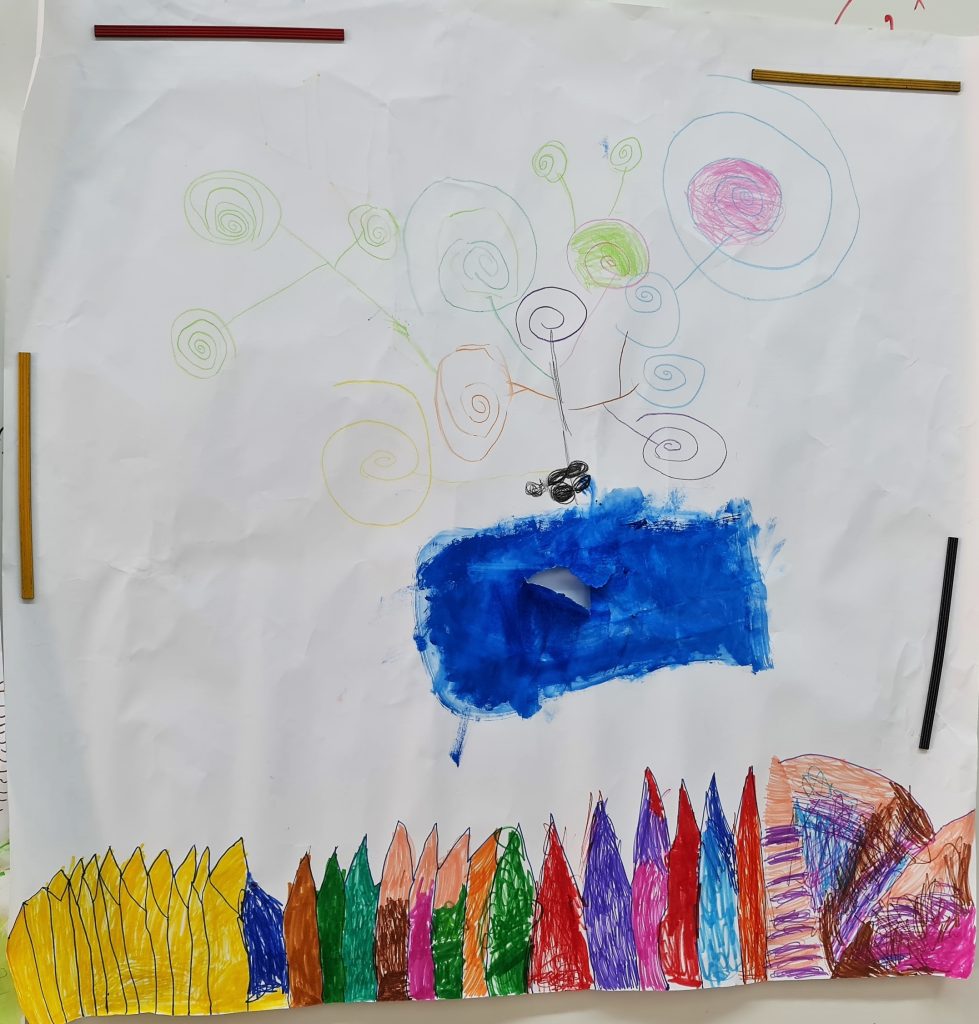
|

|
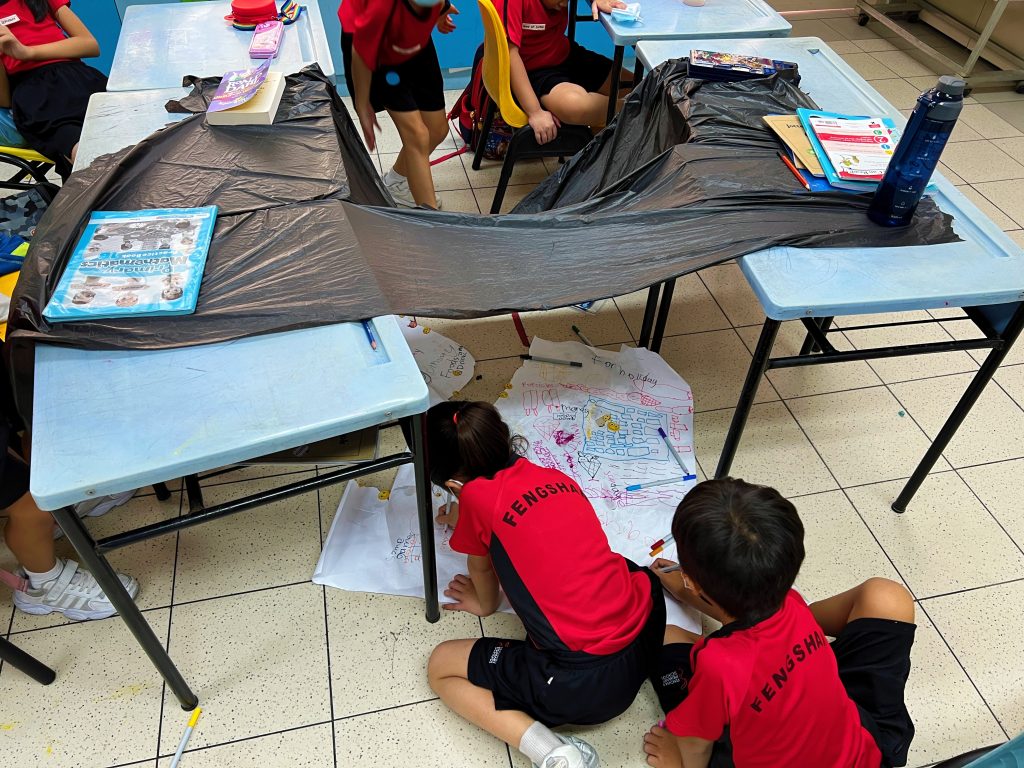
|
